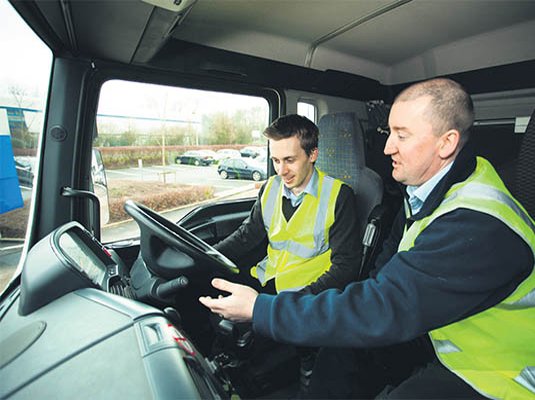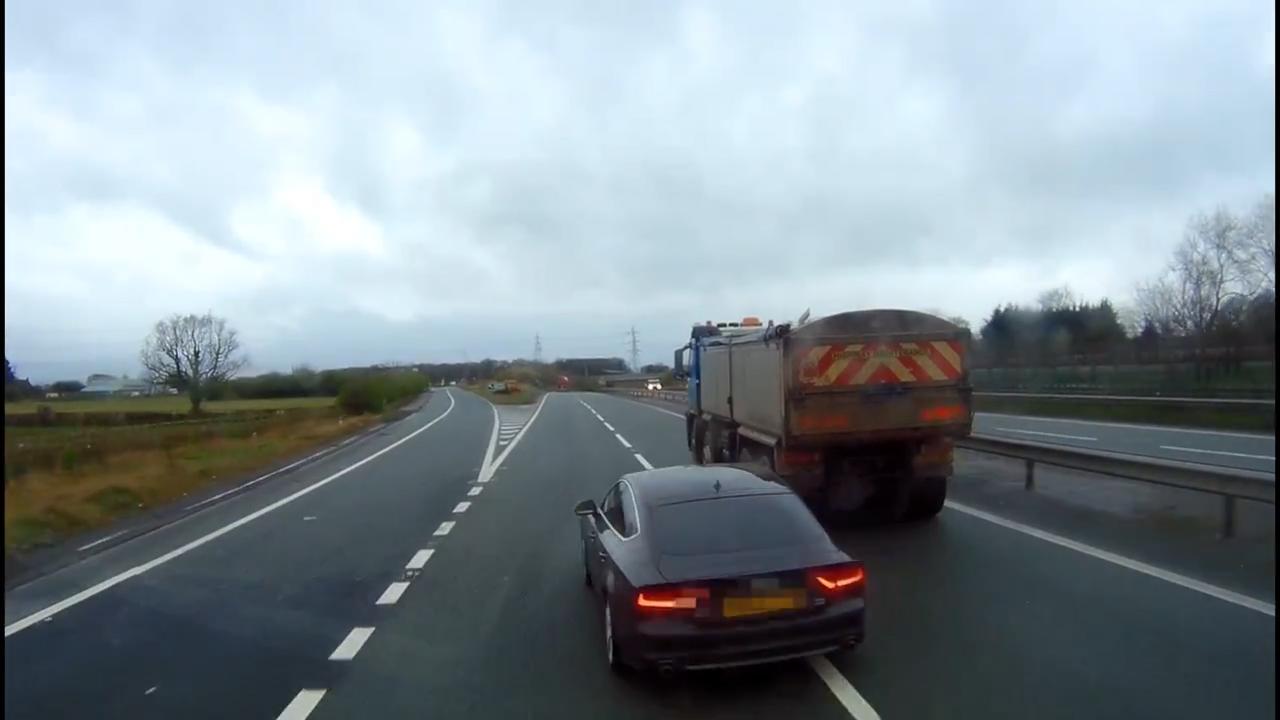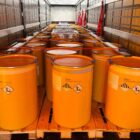Large vehicles, such as buses and trucks have limitations such as large blind spots, longer stopping and limited manoeuvrability which make it essential for other vehicles to put an extra focus on safety.

Fortunately these simple actions can help you avoid experiencing or causing accidents involving such vehicles,
- Staying Out of Blind Spots Large trucks and buses have very large blind spots, or no zones, at the front, back and sides of the vehicle.
If you can’t see the driver in the truck’s side mirror – always assume that the driver can’t see you.
Stay out of blind spots – slow down or move ahead to stay visible. Be particularly careful when merging near a truck or bus. You may likely be in a blind spot.
- Pass Safely Ensure before passing, you can see the driver in the mirror. Signal clearly, before moving and accelerate so that you can get past the truck or bus safely and promptly. Do not linger in blind spots. Ensure the truck or bus is visible in your rearview mirror before pulling in front, allow extra space.
Avoid passing trucks on a downgrade where they tend to pick up speed and never pass from the right lane.
When a bus or truck is passing, stay to the right and slow down slightly. Giving the driver room to pass safely allows you to get out of the blind spot quicker. Remember to give plenty of space in front of you to merge when coming off ramps or changing lanes.
- Don’t Cut it Close Cutting in too close to another vehicle is always dangerous, but considerably more so to cut off a commercial bus or truck owing to their extended stopping distance. If you move in quickly from either side you are also far more likely to find yourself in a blind spot – meaning the driver may not see you in time.
- Stay Back Tailgating a bus or truck presents additional dangers. Firstly putting you in a blind spot, and with trucks so are so hight off the ground, if you fail to stop in time – or are hit from behind – your vehicle could become trapped under the truck.
Getting close to a stopped vehicle can also be dangerous, particularly on an incline, where the truck or bus can roll back.

- Anticipate Wider Turns Large vehicles require extra room to turn, due to size and lack of manoeuvrability, they may also swing wide and initiate a turn from a middle lane.
If a truck or bus is indicating, never try to squeeze by it or come between the vehicle or the curb.
- Be Patient Trucks and buses can be restricted by technology such as speed limiters. Aggressive driving won’t make your trip faster, but it can cause dangerous distractions and crashes.
- Wear a Seatbelt Wearing your seatbelt is one of the most important things you and your passengers do which could save your lives. A seatbelt can ensure you remain in your seat and in control of your vehicle.
- Stay Focused. Do not let distractions come between you and the road, driving distracted can be just as bad as driving impaired. Ensure you attent to texts, calls, GPS or even changing your radio station only when it is safe to do so – ideally when not driving.
- Don’t Drive Fatigued We covered this one recently, but one of the biggest causes of accidents on roads, and one of the biggest killers is tiredness. Ensure you take regular breaks, and find a safe place to rest.
- Never Drive Under the Influence. Driving under the influence of alcohol or drugs can affect both your reaction time and judgement. Even prescription pills can impair your ability to drive. Always ensure you check the label and take any advice seriously.
Contact us at HGV Training Network to begin bus driver training, Horsebox training or HGV training to receive more driving tips.








